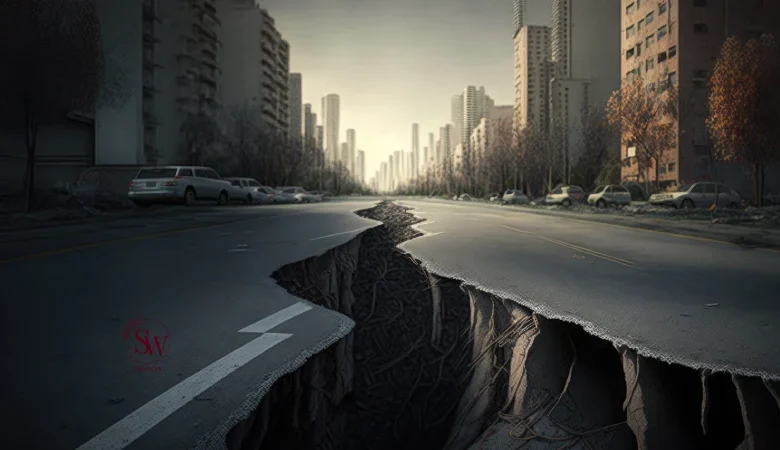
Earthquakes, one of nature’s most powerful and destructive forces, have fascinated and puzzled humans for centuries. These sudden and often devastating events occur when there is a release of energy in the Earth’s crust, resulting in seismic waves that shake the ground. But what causes earthquakes? In this article on SISIWAY, we will delve into the fascinating world of seismic activity, exploring the various factors that contribute to these geological phenomena.
What Is Earthquakes?
Before we delve into the causes of earthquakes, let’s first understand the basic principles behind these natural disasters. The Earth’s crust is made up of several large and small tectonic plates that float on the semi-fluid layer of the mantle beneath them. These plates are constantly in motion, albeit at a very slow pace, due to the heat generated from the Earth’s core.
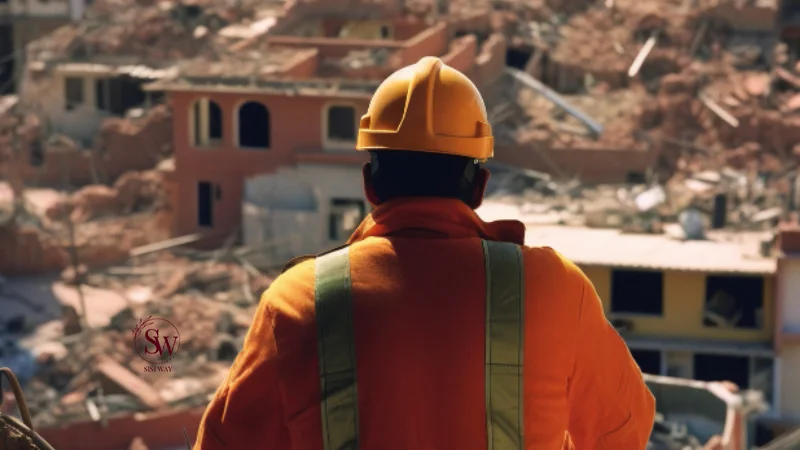
When two tectonic plates collide, one plate may be forced beneath the other in a process known as subduction. This can create immense pressure and stress along the plate boundaries, which can eventually lead to a sudden release of energy, causing an earthquake. Alternatively, plates can also slide past each other horizontally, leading to a different type of earthquake known as a strike-slip earthquake.
Factors Contributing to Earthquakes
- Tectonic Plate Movements: As mentioned earlier, the movement of tectonic plates is the primary cause of earthquakes. The boundaries where these plates interact are known as fault lines. When the stress along a fault line exceeds the strength of the rocks, it causes them to break and move, resulting in an earthquake.
- Volcanic Activity: Earthquakes can also be triggered by volcanic activity. When magma rises to the surface, it can create pressure within the Earth’s crust, leading to earthquakes. These are often referred to as volcanic earthquakes and are common in areas with active volcanoes.
- Human Activities: While natural causes are the primary drivers of earthquakes, human activities can also play a role. Activities such as mining, reservoir-induced seismicity (caused by the filling of large reservoirs), and the extraction of oil and gas can alter the stress and pressure within the Earth’s crust, potentially leading to earthquakes.
- Other Natural Causes: In addition to tectonic plate movements and volcanic activity, earthquakes can also be triggered by other natural causes such as landslides and the collapse of underground caves.
Measuring Earthquakes
Earthquakes are measured using seismometers, which detect and record the vibrations caused by seismic waves. The magnitude of an earthquake is measured on the Richter scale, which quantifies the energy released by an earthquake. The higher the magnitude, the more powerful the earthquake.
Which Country Has the Most Earthquakes?
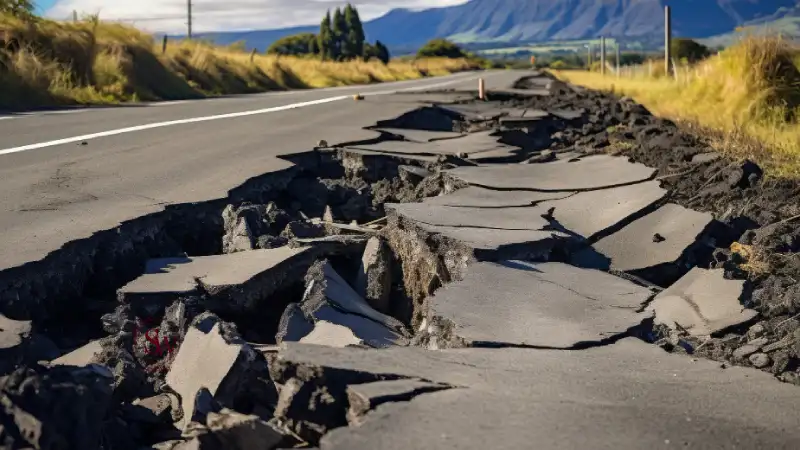
When it comes to earthquakes, certain regions of the world are more prone to seismic activity than others. This is largely due to the movement of tectonic plates and the presence of fault lines. One of the most seismically active regions in the world is the Pacific Ring of Fire, which is known for its frequent earthquakes and volcanic eruptions. Countries such as Japan, Indonesia, and Chile, which are located along the Ring of Fire, experience a high frequency of earthquakes.
Japan, in particular, is one of the most earthquake-prone countries in the world. The country sits on the boundary of several tectonic plates and experiences thousands of earthquakes each year, although most of them are too small to be felt. Japan’s strict building codes and early warning systems have helped mitigate the impact of these earthquakes, but the threat remains ever-present.
Other countries that experience a high frequency of earthquakes include Indonesia, which is located on the boundary of the Australian and Eurasian plates, and Chile, which is situated along the boundary of the South American and Nazca plates. These countries, along with others in the Ring of Fire, are constantly at risk of earthquakes and must be prepared to respond swiftly to mitigate the impact on human lives and infrastructure.
Are Earthquakes Increasing?
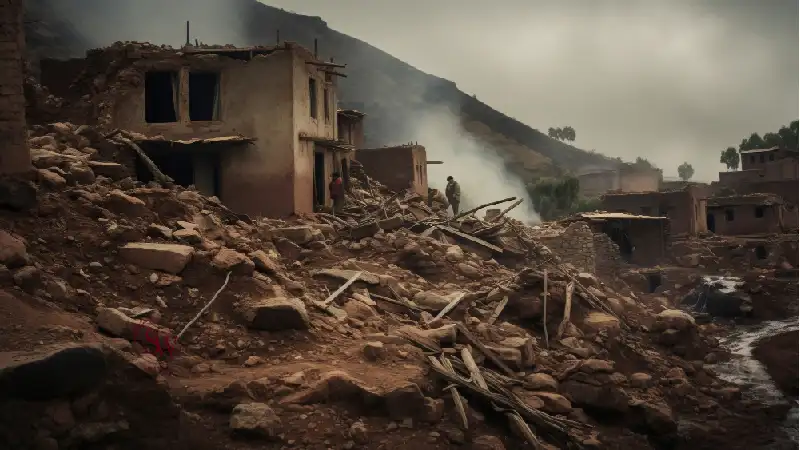
There is ongoing debate among scientists about whether the frequency or intensity of earthquakes is increasing over time. While it may seem like more earthquakes are occurring, this could be due to a variety of factors, including improved monitoring technology and increased urbanization in earthquake-prone areas.
One factor that can contribute to the perception of increasing earthquakes is the improved technology used to detect and record seismic activity. Seismometers are now more sensitive and widely distributed than ever before, allowing scientists to detect smaller earthquakes that may have gone unnoticed in the past. This increased sensitivity can give the impression that more earthquakes are occurring, even though the actual number may have remained relatively constant.
Another factor is the increased urbanization and population density in earthquake-prone areas. As more people live in these regions, the impact of earthquakes, both in terms of human lives and infrastructure damage, can be more significant. This can create the perception that earthquakes are increasing, even if the frequency or intensity of seismic activity has remained relatively stable.
Do Earthquakes Cause Volcanoes?
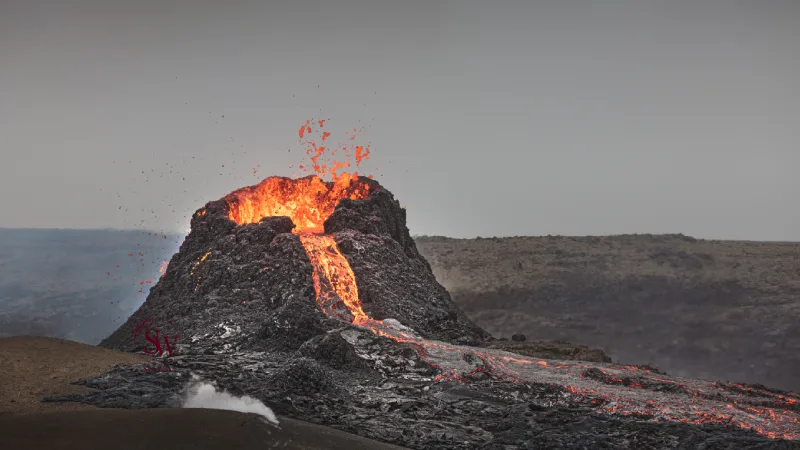
Earthquakes and volcanoes are both natural phenomena that can occur in geologically active regions, but the relationship between the two is complex. While earthquakes are often associated with the movement of tectonic plates and the release of stress along fault lines, volcanoes are typically the result of magma rising to the surface from the Earth’s mantle.
However, there is some evidence to suggest that earthquakes can trigger volcanic activity under certain conditions. For example, a powerful earthquake can create fractures in the Earth’s crust that allow magma to rise more easily to the surface, leading to a volcanic eruption. This phenomenon is known as earthquake-induced volcanism and has been observed in several volcanic regions around the world.
Frequently Asked Questions (FAQs)
Can earthquakes be predicted?
While scientists have made advances in understanding the causes of earthquakes, accurately predicting when and where an earthquake will occur remains a significant challenge.
Are all earthquakes caused by tectonic plate movements?
While most earthquakes are indeed caused by the movement of tectonic plates, volcanic activity, and human activities can also trigger earthquakes.
What is the largest earthquake ever recorded?
The largest earthquake ever recorded was the Great Chilean Earthquake of 1960, which had a magnitude of 9.5.
Can earthquakes cause tsunamis?
Yes, earthquakes that occur under the ocean floor can trigger tsunamis, which are large ocean waves that can cause significant damage along coastlines.
In conclusion, earthquakes are complex geological phenomena that result from a combination of factors, primarily tectonic plate movements. While our understanding of earthquakes has advanced significantly, predicting when and where they will occur remains a challenge. By studying and monitoring seismic activity, scientists hope to gain a better understanding of these natural disasters and mitigate their impact on human populations.

